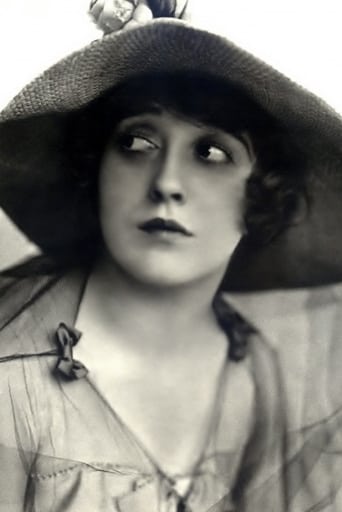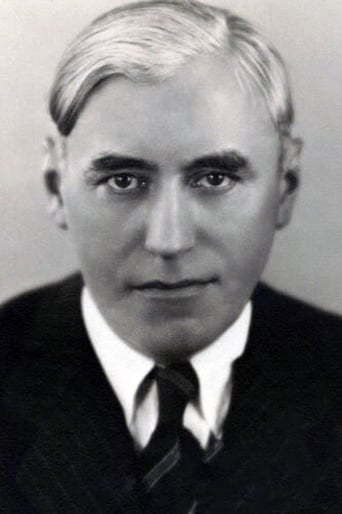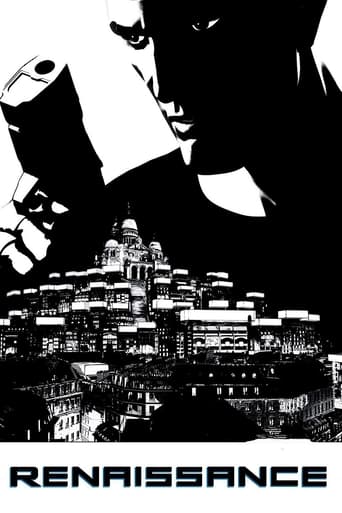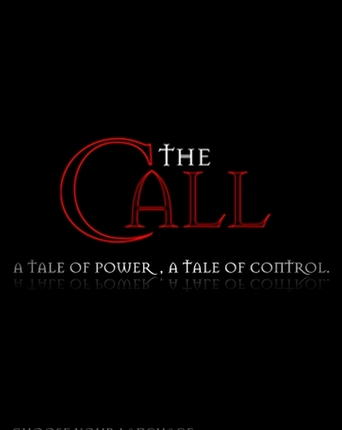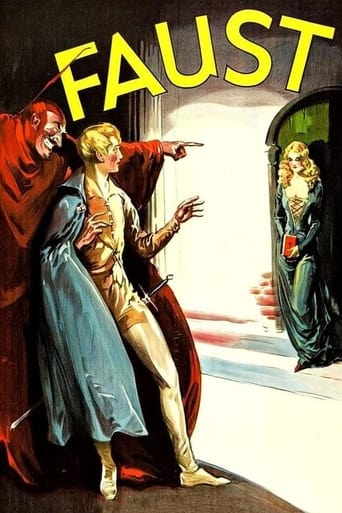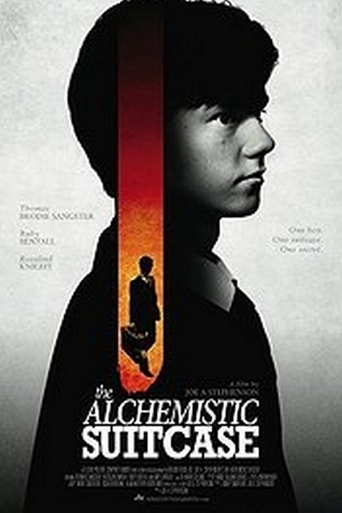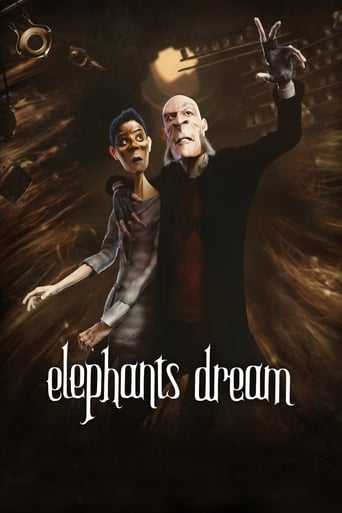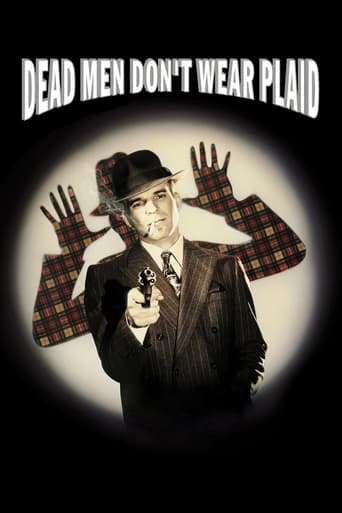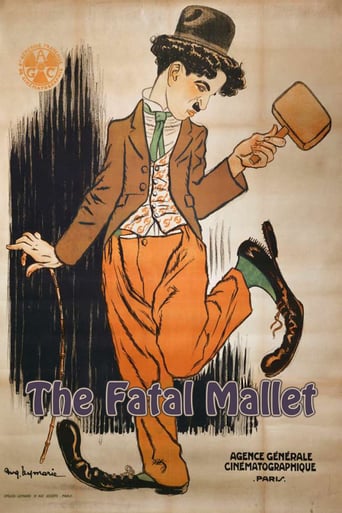
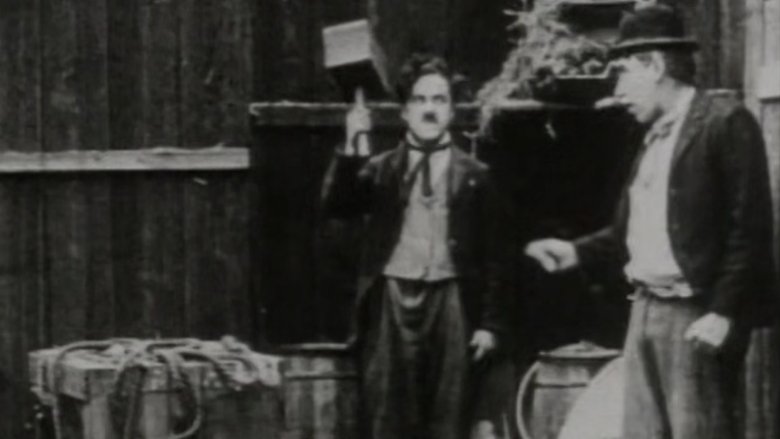
The Fatal Mallet (1914)
Three men will fight for the love of a charming girl. Charlie will play dirty, throwing bricks and using a huge hammer.
Watch Trailer
Cast
Similar titles
Reviews
I think this is a new genre that they're all sort of working their way through it and haven't got all the kinks worked out yet but it's a genre that works for me.
Admirable film.
At first rather annoying in its heavy emphasis on reenactments, this movie ultimately proves fascinating, simply because the complicated, highly dramatic tale it tells still almost defies belief.
An old-fashioned movie made with new-fashioned finesse.
Am a big fan of Charlie Chaplin, have been for over a decade now. Many films and shorts of his are very good to masterpiece, and like many others consider him a comedy genius and one of film's most important and influential directors. He did do better than 'The Fatal Mallet', still made very early on in his career where he was still finding his feet and not fully formed what he became famous for. Can understand why the Keystone period suffered from not being as best remembered or highly remembered than his later efforts, but they are mainly decent and important in their own right. 'The Fatal Mallet' is a long way from a career high, but has a lot of nice things about it and is to me one of the better efforts in the 1914 Keystone batch and a decent acting collaboration with Mabel Normand. 'The Fatal Mallet' is not as hilarious, charming or touching as his later work and some other shorts in the same period. The story is flimsy and the production values not as audacious. Occasionally, things feel a little scrappy and confused.For someone who was still relatively new to the film industry and had literally just moved on from their stage background, 'The Fatal Mallet' is not bad at all. While not audacious, the film hardly looks ugly, is more than competently directed and is appealingly played. Chaplin looks comfortable for so early on and shows his stage expertise while opening it up that it doesn't become stagy or repetitive shtick. Mabel Normand is quite charming.Although the humour, charm and emotion was done even better and became more refined later, 'The Fatal Mallet' is humorous, sweet and easy to like, though the emotion is not quite there. It moves quickly and doesn't feel too long or short. Overall, pretty decent. 6/10 Bethany Cox
Fatal Mallet, The (1914) *** (out of 4) Chaplin, along with two other guys, fights for the affection of a woman. Instead of using their fist the guys instead throw bricks at one another. This is a very funny film that has some outrageous violence that makes for a good time.A Busy Day (1914) ** (out of 4) Chaplin plays a woman(!) who gets tired of her husbands and decides to fight with him in public. This here really doesn't have a single funny moment but it's still interesting to see Chaplin playing a woman.Caught in a Cabaret (1914) *** (out of 4) Chaplin is mistaken as a Greek Ambassador and must keep a girl's family from finding out. This one here is a real riot with some wonderfully funny fight scenes but the real highlights are the title cards, which feature some very funny one-liners. Also of note is that this storyline would play a big part in future Chaplin films.Knockout, The (1914) *** (out of 4) To show off his braveness, Fatty Arbuckle challenged a professional boxer to a fight. Fatty is funny as usually and like the above film, this one here gets the laughs from violence ranging from punches to items being thrown. Chaplin has a small but funny cameo as the referee.
The Fatal Mallet is full of unexplained, unnecessary, and gratuitous 1914 violence, like most of Chaplin's films for Keystone, but at least the plot is very easy to follow because it stays simple and doesn't try to tell more of a story than the technology of the time would allow. It begins with a lot of brick throwing between Chaplin and a man and wife (the wife does most of the throwing), until ultimately Charlie and the man are engaged in a brawl. Meanwhile, the wife finds another man, a huge brute of a man who is unaffected by Charlie and the first husband hitting him on top of the head with bricks. When he fails to notice that anything is happened, the two love scorn men are forced to regroup and come up with a new plan while the new guy makes his affections known to the woman.The two enemies now working together allows Chaplin to do some of his usual tricks and pranks but to actually have a reason to do them this time, and ultimately it turns into a brawl that is every man for himself, since they are all enemies to begin with. Chaplin's love of falling into the lake and throwing other people into the lake is certainly not forgotten here, but among the films of the time, I think this one stands out as one of the clearer and more entertaining ones, even though so much of it is the same as so many others.Also of note here is what I think might be the first appearance of a small boy in an important role in one of Chaplin's films. I say important role, however, only to mean that there is a kid in more than a background role. I am not sure if it is more disturbing than amusing, but I would lean toward amusing just because, even though the kid shows up just long enough for Charlie to punt him off screen like a football, he is clearly having a great time and his imitation of Chaplin's backwards fall is uncanny. Certainly not the best, but this is among the better of Chaplin's Keystone comedies.
In 1914, Charlie Chaplin began making pictures. These were made for Mack Sennett (also known as "Keystone Studios") and were literally churned out in very rapid succession. The short comedies had very little structure and were completely ad libbed. As a result, the films, though popular in their day, were just awful by today's standards. Many of them bear a strong similarity to home movies featuring obnoxious relatives mugging for the camera. Many others show the characters wander in front of the camera and do pretty much nothing. And, regardless of the outcome, Keystone sent them straight to theaters. My assumption is that all movies at this time must have been pretty bad, as the Keystone films with Chaplin were very successful.The Charlie Chaplin we know and love today only began to evolve later in Chaplin's career with Keystone. By 1915, he signed a new lucrative contract with Essenay Studios and the films improved dramatically with Chaplin as director. However, at times these films were still very rough and not especially memorable. No, Chaplin as the cute Little Tramp was still evolving. In 1916, when he switched to Mutual Studios, his films once again improved and he became the more recognizable nice guy--in many of the previous films he was just a jerk (either getting drunk a lot, beating up women, provoking fights with innocent people, etc.). The final evolution of his Little Tramp to classic status occurred in the 1920s as a result of his full-length films.The entire plot involves Charlie bonking Mack Sennett on the head with a mallet repeatedly. That's all,...really.

